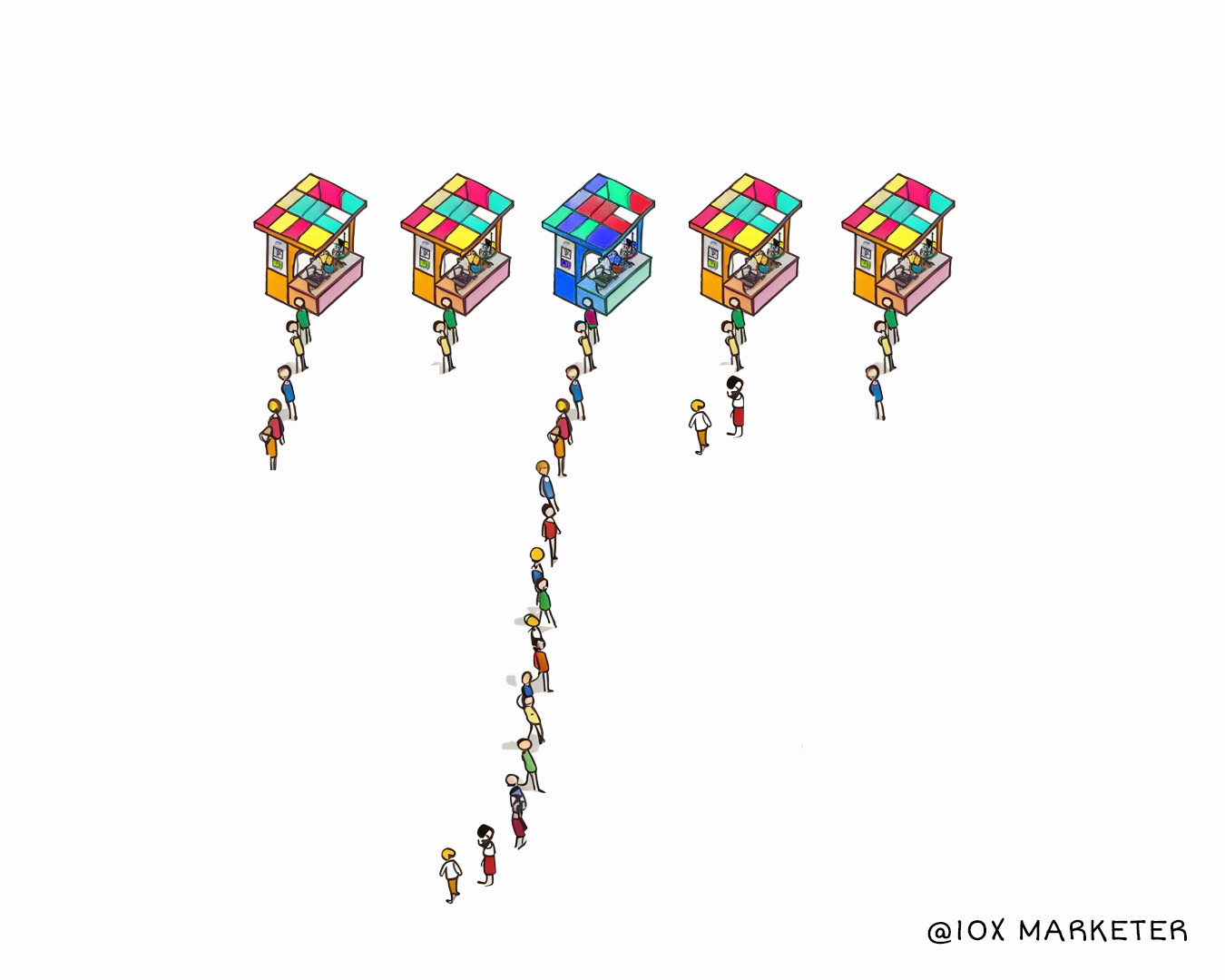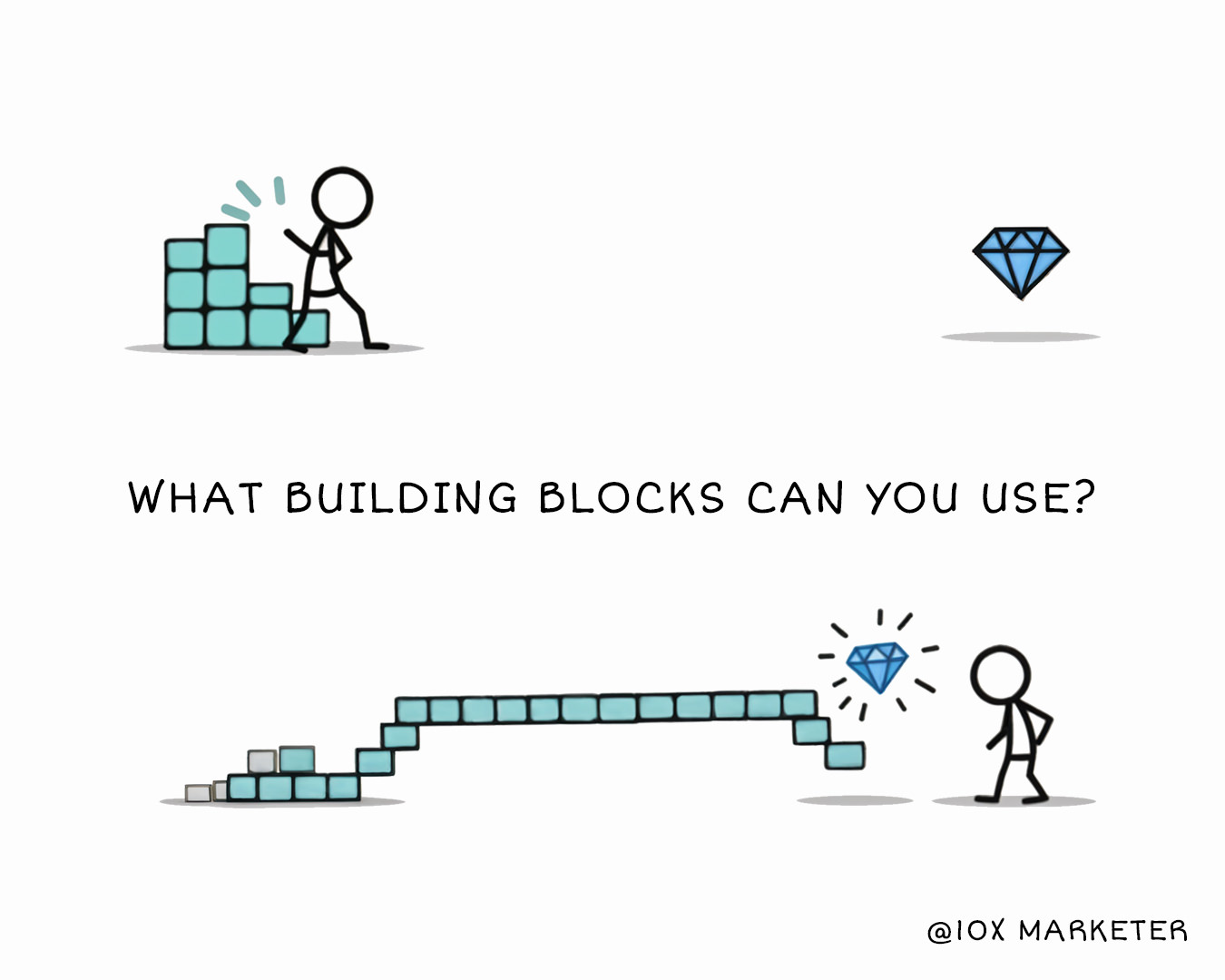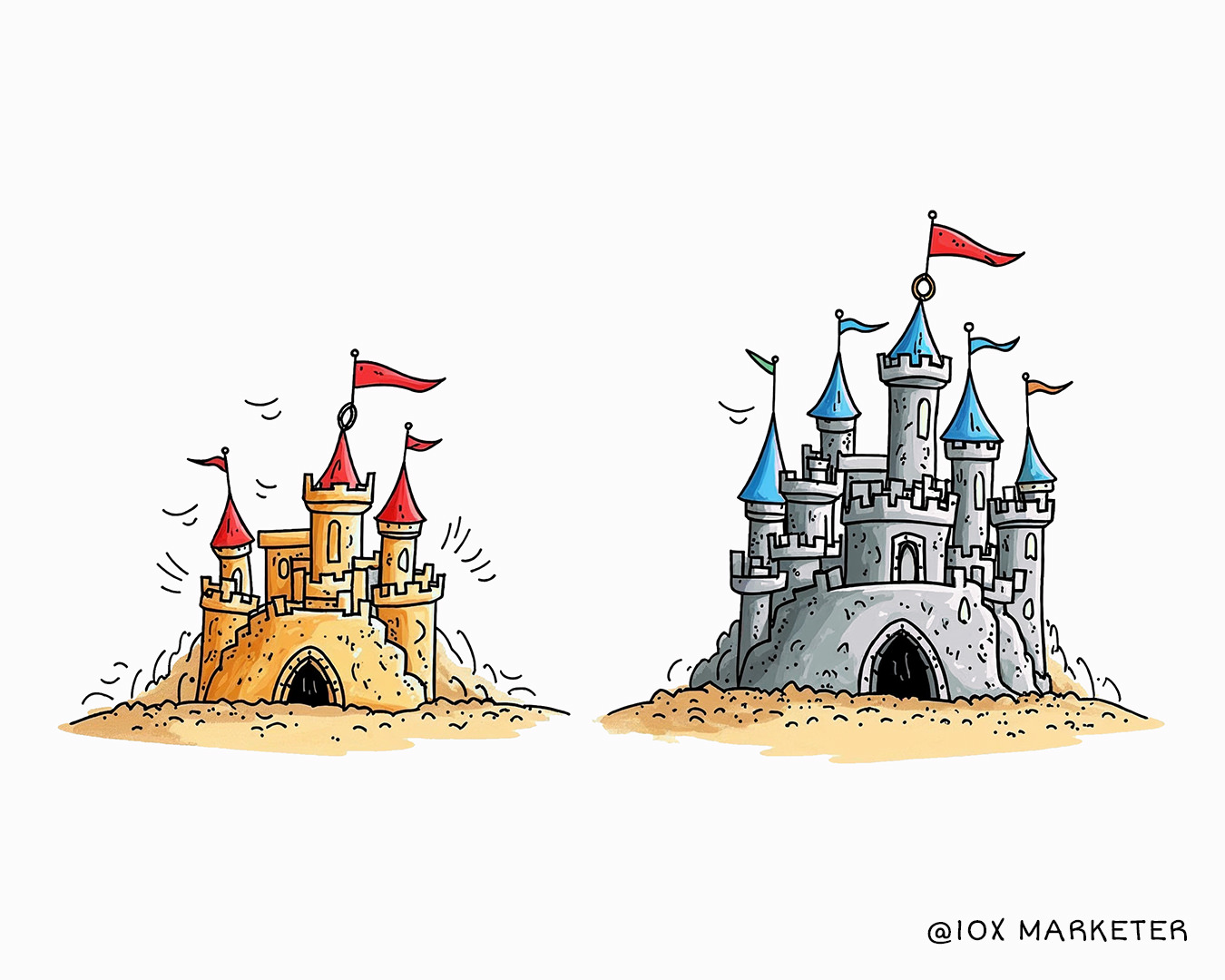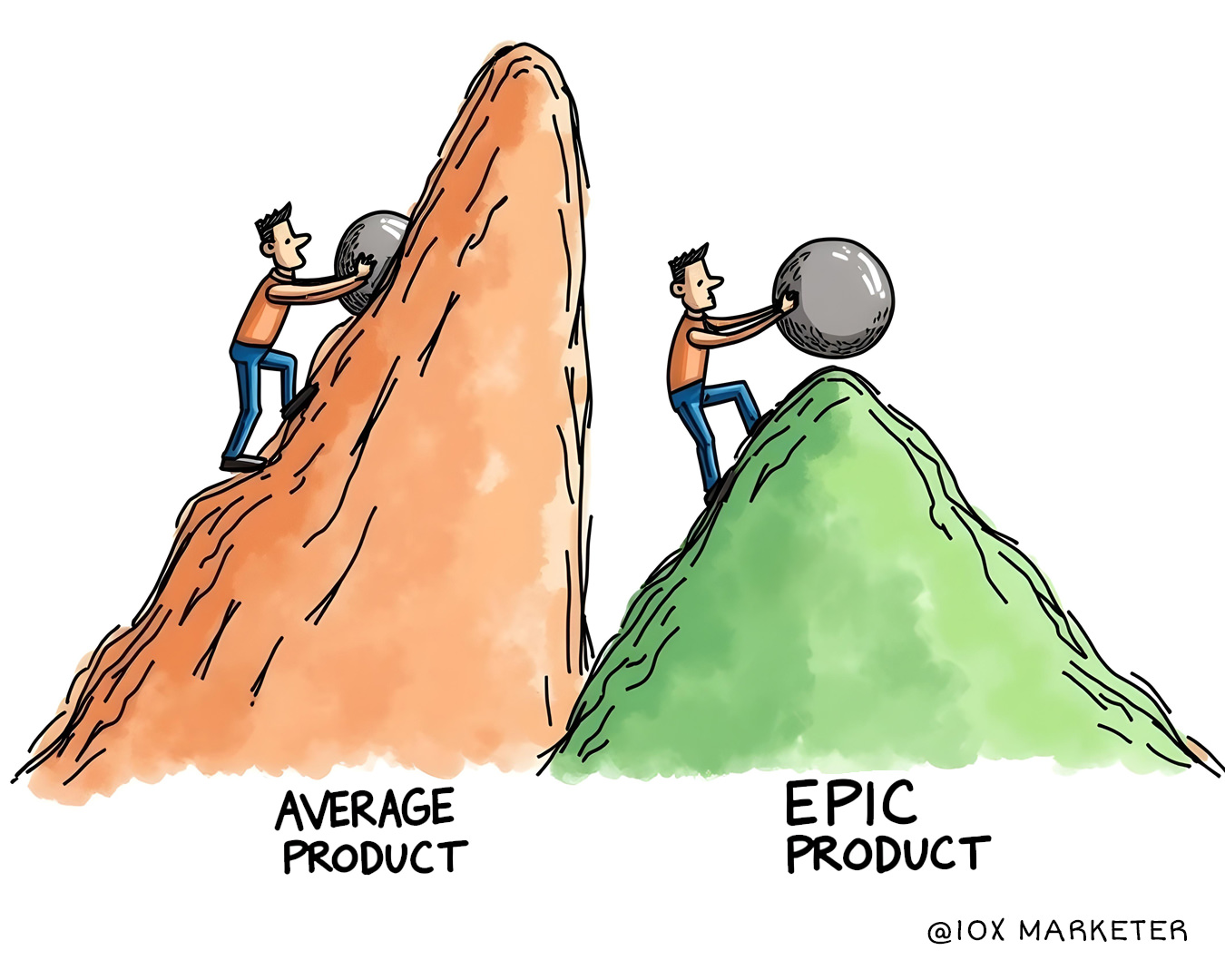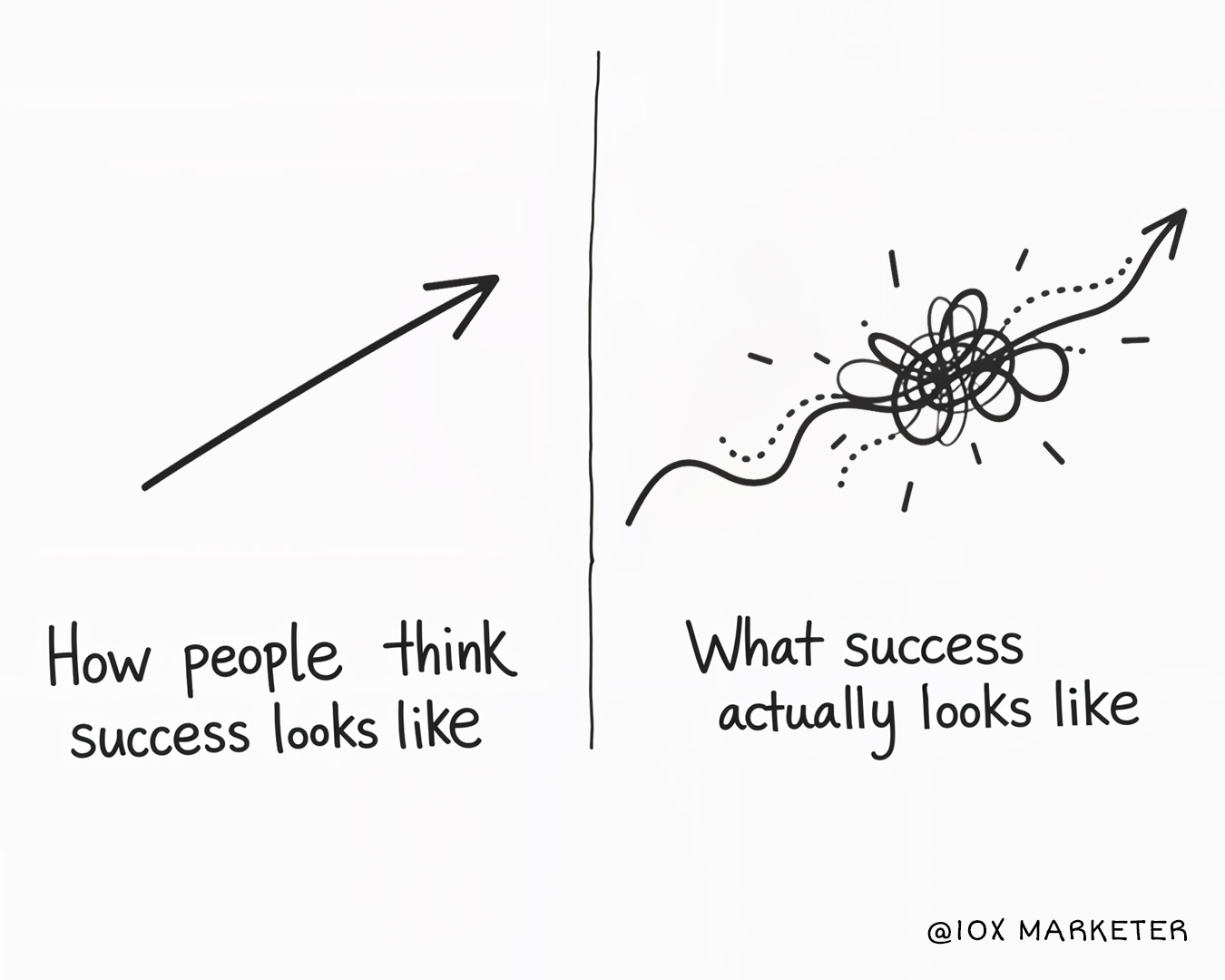I’ve been working in online marketing for the last 2 decades, and more recently in the SaaS space for the last 4 years, and one of the most surprising things for me has been how things can go crazy during Black.
For sure, you expect increases of sales while running promotions, but Black Friday seems to activate a buying frenzy just out of FOMO.
In our case, November typically generates 3–5 times the average monthly revenue while at the same time significantly increasing average order value and customer lifetime value.
Here are the biggest lessons I’ve learned and tactics you can apply in the next few days before Black Friday and Cyber Monday, which I hope will be of maximum benefit to solopreneurs, startups, and marketers needing a boost this month to grow their sales.
These apply to SaaS as well as eCommerce in general:
1/ Start Early
While the daily revenue peak seems to happen around Friday, we actually usually made more sales before Black Friday than on the actual date itself.
The reason is simple: early bird and pre-black Friday promos enable you to tap into the Black Friday spirit before your customers have spent their holiday budget on other things.
You can make this tactic work even better by starting out with a bigger discount, and ratcheting it down as you get closer to Black Friday with a countdown.
Adding a countdown and lowering the discount as you get closer to Black Friday achieves 3 key effects:
-It rewards your most loyal customers and early adopters with the best price
-It increases fear of missing out (FOMO), which shortens the time to conversion
-It gives you a higher share of your customer’s shopping budget before they blow it on other things
2/ Encourage Annual Promos or Larger Purchases
When designing your Black Friday promo, study your metrics in particular your average order value, how your plans or products sell, as well as your lifetime customer value.
I can’t stress this point enough, as it can be the difference between making a ton of beneficial revenue versus sabotaging your MRR or regular monthly sales.
Here is an example for SaaS:
If customers typically purchase your middle plan on a monthly basis, and these typically stay for 4 months, it could make sense to create a special annual plan with a deep discount equivalent to at least 6 or more months of spend.
In this example, it would enable you to significantly lower your 25% churn rate (as annual customers are locked in for the year and are more likely to renew at a discount) while increasing your cash flow for the month by 6X!
The same idea can apply for eCommerce, for example if you were to sell skincare products and you have customers buying every few months, you could encourage a 3/6/12 month supply at a discount to increase your average order value without sabotaging your regular monthly sales.
3/ Use Hello Bars And Pop-Overs
These can be a bit obnoxious, but they are very effective…
Be sure to show the hello bar on all your website pages (including your blog) and include your promo name, a countdown, and a solid call to action to funnel your visitors to your offer.
By showing your promo and countdown on all the pages you receive traffic to, works like a funnel, focusing all your traffic to your offer while at the same time increasing the conversion rate from all your content marketing.
4/ Email Often
I have to admit, it took me a long time to become comfortable with sending emails at scale until I got emails from customers complaining that they missed out on an offer because they didn’t see our emails in time 🙂
Chances are, only a single percentage digit will notice and open your emails, so it pays to send many reminders as you get closer to the promo end date. This is especially true during November when everyone is email blasting their offers.
One strategy that has worked really well for me is having multiple countdowns, for example:
You can start a 7-day early bird Black Friday Promo with 3 emails a few weeks before Black Friday.
Then when the countdown is reached, you lower the discount, and you follow up again multiple times.
Each email can focus on a different pain point, objection, use case, benefit, etc to keep these interesting. Try not to just email about the promo.
5/ Seed Your Promo
Black Friday promos are amazing for up-selling your existing customers and re-activating churned customers, but they can also be a great source of new customers.
To tap into these, I recommend researching if your industry has any Black Friday deal threads, aggregators or round-up articles. For example in SaaS each year, there are many round-up posts circulating in which you can list your promo.
You can also publish your own curated deals blog post, mentioning other promos in your industry and swap mentions with other companies in their blog posts.
Of course, there are many more ways to spread the word about your deal, including ads, social, affiliates, influencers etc, but the tactic above is super low-hanging fruit you can deploy at no extra cost.
6/ Go Big On Retargeting
Now is the time to scale your retargeting ad budgets, using your Black Friday promo to target both your website visitors AND your customer list. This is a great way to re-activate old customers who have dropped off as well as encourage more FOMO for those on the fence.
7/ Test, Test, Test
Lastly, test your purchase flow thoroughly. I’ve been caught a few times by broken payment pages or tracking issues, especially when the team was working on a deadline, or last-minute changes were deployed…
Have at least another person than yourself test your promo using different web browsers on a computer and mobile to ensure everything is smooth and is tracking correctly.
I hope this helps; now go make the most of Black Friday this week!
Become a 10X Marketer today
If you want to learn how to 10X your marketing and tap into AI, join my newsletter today, where I will share weekly tactics and actionable insights.
Learn to 10X your impact at:
https://the10xmarketer.substack.com/subscribe
No-fluff tactics & AI trends for solopreneurs and startups to 10X your impact.






